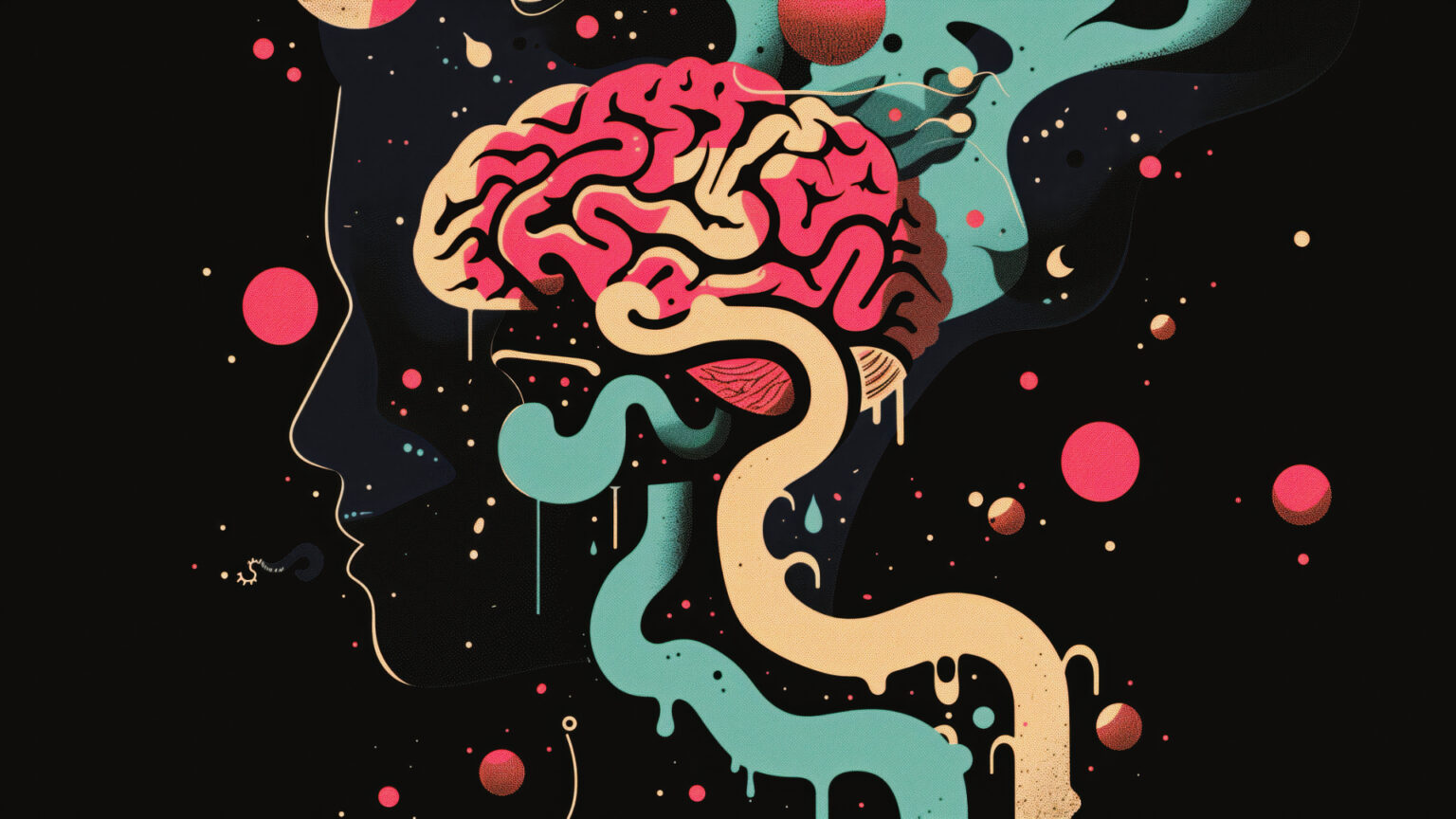In the race for ever more powerful language models, the key question of training data quality is returning with renewed force. A study from the University of Texas at Austin, published on the arXiv preprint platform, provides evidence that feeding AI with low-quality content leads to a measurable degradation of their capabilities. The principle of ‘garbage in, garbage out’ in the GenAI era is becoming a fundamental business challenge.
The team, led by Yang Wang, deliberately used data that was defined as popular or provocative, but lacking substantive value. This mainly involved short social media posts and sensationalist articles. Well-known models, including Meta’s Llama 3 and Alibaba’s Qwen series, were trained with this problematic mix.
The results were unequivocal. Models showed a tendency to make hasty conclusions, generate false information and give irrelevant answers. Importantly, they also made more errors in simple multiple-choice tasks. The researchers referred to this rapid decline in cognitive ability as ‘AI brain atrophy’. In extreme cases, the bots even showed negative tendencies.
The study confirms that LLMs do not ‘think’, but merely statistically mimic the patterns in the input data. A key finding is that even combining low-quality data with valuable sets did not restore the models to full performance. For the AI industry, this means that curing and rigorous selection of training data is no longer an option, but a necessity to maintain reliability and confidence in commercial AI systems.
For companies, this means that relying on publicly available but ‘littered’ data to train their own AI models is a strategic mistake, leading to a loss of precision and generating costly errors. Rigorous curation and investment in high-quality, validated datasets, which directly translates into the reliability and value of deployed systems, therefore becomes a key competitive factor.












